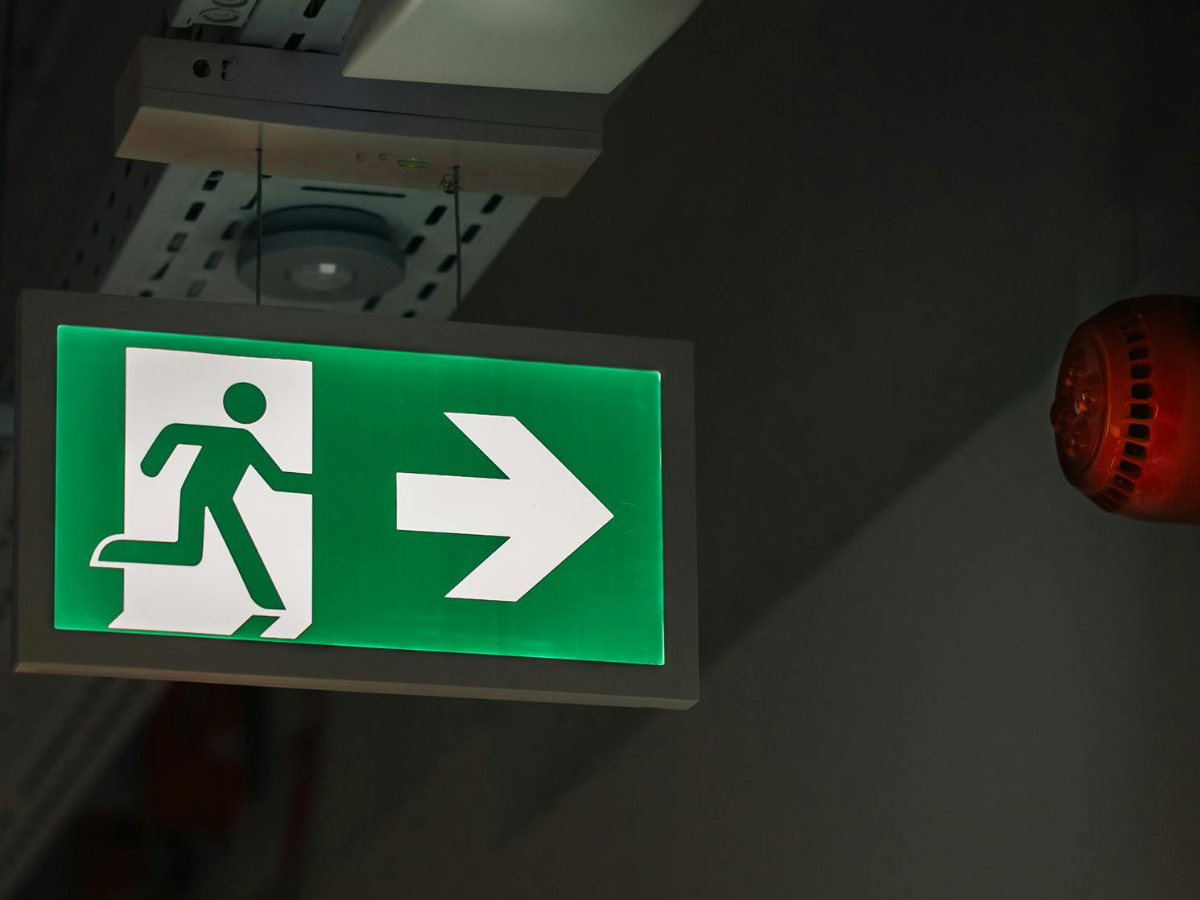Want to install EVCPs but feel concerned about EV charger fire safety? Reduce your risk by taking the right precautions during the EV charger installation process.
Whether you’re using our building and construction services for a commercial renovation and want EV chargers on-site, or are a homeowner looking for safe environmental solutions that align better with the way you live, we’re here to help.
In this blog, we’ll be covering everything you need to know about installing EV chargers safely so you can make the most of their benefits.
Who Can Install an EV Wall Charger or Tower?
In order to prevent fires and avoid other complications, the Electric Charging Point Installation Process should only ever be carried out by a qualified professional. If an EV charger is installed by someone unqualified or inexperienced, you can end up dealing with everything from electrical faults and increased fire hazards to issues with non-compliance, which can void warranties or insurance coverage.
For safe smart car battery charger installation, your installer should have relevant electrical qualifications (City & Guilds 2919-01 – EV Charging Equipment Installation), along with a strong understanding of BS 7671 Wiring Regulations. Armed with this knowledge, they can safely handle electrical loads and correctly meet industry standards.
Need an EV charger for your personal property or commercial premises? At Highland Services, we’re proud to be a verified supplier of Rolec EV charging stations and can even help businesses to secure funding for their charge points.
.png)
Are EV Chargers a Fire Risk?
On their own, EV chargers aren’t usually a cause for concern. The greatest risk comes from the lithium-ion batteries inside electric vehicles, which can overheat or catch fire if they’re damaged or faulty.
With that being said, if an installer cuts corners (i.e. doesn’t conduct proper wiring checks, uses incorrect components, or ignores load-management guidelines), the EV battery fire risk can increase significantly. This is because a poorly installed charger can cause electrical faults and power surges, which put extra strain on faulty batteries and heighten the risk of thermal runaway – a dangerous chain reaction leading to fire.
The Hallmarks of a Fire-Safe EVCP Installation
As we’ve already mentioned, one of the best ways to guarantee a fire-safe EVCP installation is to use a qualified professional following up-to-date IET Wiring Regulations.
Experienced installers keep EV chargers safe by:
Using only certified and approved equipment: Professionals will only ever use products and equipment that have undergone rigorous safety testing. Any respected electrical contractor will have the correct tools for the job.
Carrying out a thorough risk assessment: This will be carried out to confirm that the charger is installed in a location free from excessive combustible materials and other hazards.
Installing dedicated circuit protection: Each charger should be fitted to its own RCBO or AFCI and have surge protection at the origin.
Ensuring adequate ventilation & clearance: Qualified experts will allow airflow around the enclosure and keep it away from stored materials.
Applying proper weatherproofing: All cable entries will be sealed properly with fire-rated glands and slope plinths/boxes to shed water.
If an installer insists on skipping any of these steps or tries to rush the process, it can put lives in danger. That’s why it’s so important to work with a knowledgeable professional.
Tethered or Untethered EV Charger – Which is Safer?
When it comes to fire safety, both tethered and untethered EV chargers are reliable options, but again, it comes down to correct installation and maintenance.
Tethered chargers are made with a permanently attached cable which is factory-tested and integrated into the unit. This reduces the likelihood of user error and minimises wear on connectors due to frequent plugging and unplugging.
Untethered chargers, on the other hand, allow users to connect their own cables. This can be helpful for households with multiple EVs or for those who prefer a simple setup. However, the safety of these chargers depends heavily on the quality and condition of the user-supplied cable. If cables are inspected and stored correctly, it can help to prevent potential hazards like overheating and other faults.
The Importance of EV Charger Safety Testing
In the UK, every EV charger installation must undergo thorough testing in accordance with BS 7671 IET Wiring Regulations. While not technically a legal requirement, adherence to BS 7671 is considered best practice and is necessary for demonstrating compliance with the Electricity at Work Regulations 1989.
By using a trusted installer, you’re making sure that every installation meets stringent standards. This allows you to not only protect your property or commercial premises but also maintain your warranty and insurance coverage.
-min%20(2).png)
Enjoy Peace of Mind: Book Your EV Charger Installation with Highland Services
At Highland Services, we want to make sure that everyone can enjoy the benefits of EV charging without worrying about compromised safety or risk. Our experienced construction, mechanical, and electrical experts are deeply knowledgeable about fire prevention and safety testing, ensuring that every installation meets the highest industry standards.
Want to find out more about EV charger installation for your home or business? Don’t hesitate to reach out to our friendly team. We can help you to find the best location for your EVCP, and even show you how to use renewable energy to power your EV Charging Stations so you can save money and protect the environment.
.png)

.png)

